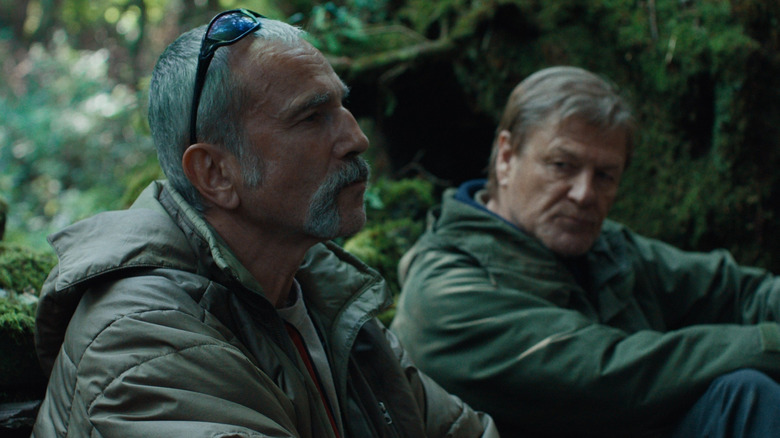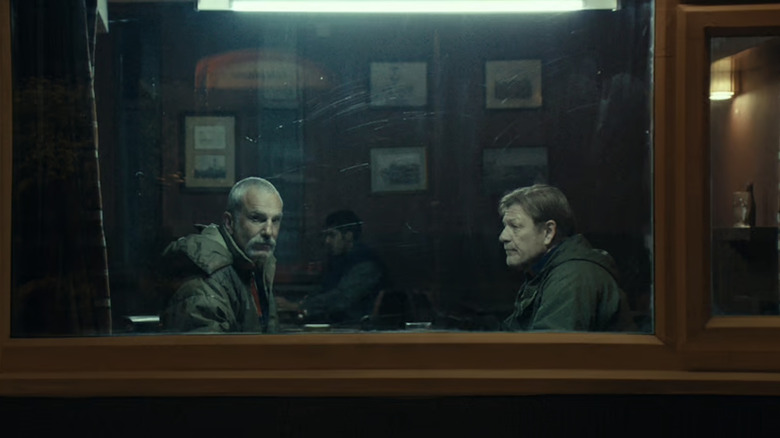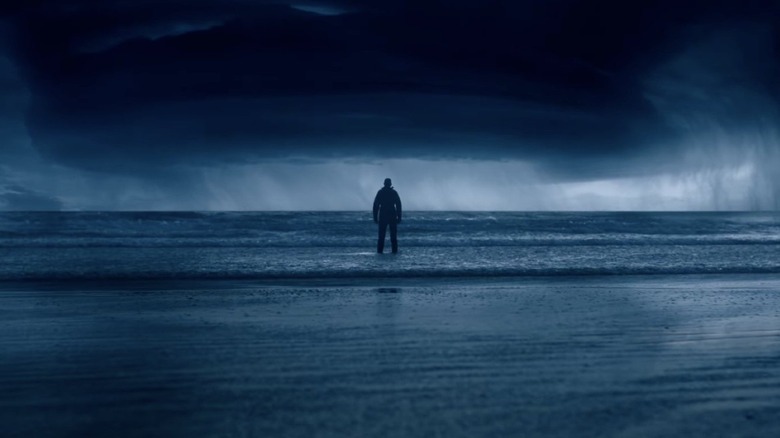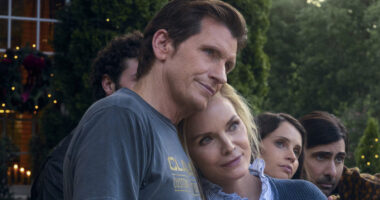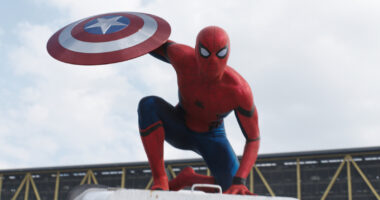Share this @internewscast.com
RATING : 4.5 / 10
- Daniel Day-Lewis is still one of the greatest actors ever
- The cinematography is beautiful
- Oppressively dour and dull
- Repetitive and drawn out, only to end where it’s getting interesting
“Anemone” has emerged as one of the enigmas of the fall 2025 elite movie season. For a significant period, details about the film were scarce, except that it marks Ronan Day-Lewis’s debut as a director and features the highly anticipated return of Daniel Day-Lewis to acting, with him also co-writing the script alongside his son. The official description remains purposefully enigmatic — “‘Anemone’ delves into the intricate and profound connections that unite brothers, fathers, and sons.” The trailers offer a glimpse into the film, showing Daniel Day-Lewis’s character Ray Stoker as a recluse with a troubled past during wartime, engaging in a tense reunion with his brother Jem, played by Sean Bean, against a backdrop of unexplained suspenseful imagery, leaving viewers intrigued about the movie’s true nature.
Now that “Anemone” has premiered at the 2025 New York Film Festival, just days away from its theatrical debut, it becomes clear why Focus Features kept its details under wraps: essentially, it’s not easily marketable to mainstream audiences aside from its celebrated cast, and unfortunately, it doesn’t seem worthy to those outside that mainstream either. Even an ideal version of what “Anemone” aims to be would be quite a downer — akin to “The Banshees of Inisherin” stripped of humor and saddled with war criminals wallowing in self-pity. Ronan’s inaugural film is not this ideal version (and nowhere near the apex of its star’s career). While Day-Lewis’s remarkable acting brings some light, it is dimmed by plodding pacing and weighty pretentiousness.
Two monologue scenes surpass the rest of the film
The opening scene of “Anemone” captures attention immediately: a slow pan across drawings reminiscent of a child’s reinterpretation of violence during the Northern Irish Troubles. From here, the film transitions to the woodland hideaway where Ray has isolated himself from society for two decades. Jem is given coordinates for a meeting with Ray, a topic that upsets the rest of his family — Ray left his wife Nessa (portrayed by Samantha Morton) during her pregnancy, and their son Brian (played by Samuel Bottomley) has grown up resenting his biological father, viewing his uncle as his true paternal figure.
The film raises nature versus nurture debates, manifested in Brian’s increasing interest in joining the military, mirroring Ray in a way no one else wishes. The storyline, revolving around paternal bonds, likely holds serious personal significance for the father-and-son duo behind the film. With another script revision and editing refinements, one can envisage this narrative evoking significant emotional responses. However, as it stands, “Anemone” feels overly extended, overly heavy in parts, and too ambiguous in others, failing to elicit a substantial emotional reaction.
Exception comes during Ray’s soliloquies. Daniel Day-Lewis, considered one of the finest actors of his time, delivers two powerful monologues that sustain material that might otherwise be off-putting. The first is “Anemone”‘s closest attempt at humor, so dark and unsettling that it led to walk-outs during the New York Film Festival press showing, but his rendition captivates. The second exposes the trauma that drove Ray away from his kin and society — an unsettling tale where the level of sympathy remains uncertain, yet his performance stirs profound emotions. Witnessing his mastery over facial expressions is remarkable!
Repetitive — when it’s not baffling
The breathtaking natural cinematography by Ben Fordesman (“Love Lies Bleeding,” “Out of Darkness”) and the intense rock score by Bobby Krlic (“Eddington,” “Him”) lend “Anemone” a visual allure that sustains interest only to a point. While the visuals are stunning, they become monotonous, and scenes are drawn out unnecessarily (following the second monologue, there’s an extended shot of Ray and Jem simply walking on the beach). The music, while effective in segments, overwhelms with its sameness, drowning any trace of lightness. A scene where the brothers dance to a radio tune felt particularly perplexing — perhaps omitting the actual track was a cost-saving measure, though it seems improbable they’d dance to the soundtrack we hear.
Bits of surreal weirdness spice up the repetition on occasion — a giant fish, a biblical plague of hail, a blue glowing creature that looks like Picasso redesigned Harry Potter’s Patronus. Does the weird imagery mean anything? That’s for the viewer to interpret. Some might enjoy being confused by the weirdness, while others will bounce off how half-baked the attempts at artiness feel. Count me in the latter group. I found this neither good horror nor effective magical realism, and it doesn’t go nearly far enough to be compelling on the level of pure abstraction.
“Anemone” is a movie scared to include even a hint of levity, which in turn numbs us to its self-seriousness. If the ending is meant to be our moment of hope and relief, it falls flat because we know the most interesting part of this story has yet to happen. Cut the movie we saw down significantly and use the remaining time to fit in an additional act of what happens next, and maybe it would be a winner. As released, even another great Daniel Day-Lewis performance can’t push this into something I’d recommend. It’s both a bummer and a bore.
“Anemone” premiered at the 2025 New York Film Festival. It opens in theaters on October 3.
![Daniel Day-Lewis Shines In An Otherwise Dull Drama [NYFF 2025]](https://internewscast.com/wp-content/uploads/2025/09/Daniel-Day-Lewis-Shines-In-An-Otherwise-Dull-Drama-NYFF-2025-800x430.jpg)

